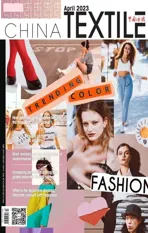How does bio-based leather become the favorite of luxury brands?
2023-07-18EditedbyZhaoXinhua
Edited by Zhao Xinhua
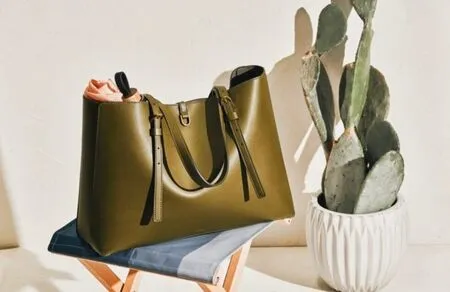
Artificial leather and synthetic leather prod—ucts have more than 60 years of development history, because the cost of artificial leather is lower than real leather, the manufacturing pro—cess is relatively simple, widely used in textile,automotive and furniture decoration fields. How—ever, the raw materials used in artificial leather are mostly polyurethane and polyvinylchloride synthetic chemical raw materials, which are easy to release formaldehyde and other harmful gases in the process of preparation or use, pol—luting the environment and damaging human health. In recent years, influenced by the concept of environmental protection and animal protec—tionism, consumers are more inclined to choose leather products made of high—performance and bio—based materials.
Modern Meadow on April, 2023 announced its Bio—Alloy™ proprietary protein—based technology is coming to the Tory Burch runway as the American fashion brand debuts its first—ever plant—based leather alternative tote, the Ella Bio, an evolution of the iconic Ella tote.
The Ella Bio features an outer shell crafted in Bio—Tex™. It has a greenhouse—gas—emission footprint that’s 90 percent lower than tradi—tional, chrome—tanned cow leather. Unlike most materials marketed as“vegan” leather, which are made with plastic derived from fossil fuels,Bio—Tex is mostly made from plant protein. The material’s foundation is a bio—based polyurethane plastic coated in Modern Meadow’s “Bio—Alloy",an innovation also made from plant proteins and bio—based polymers that helps mix unlike proteins to create particular characteristics—durability,smoothness, colour, breathability, warmth, etc.
It follows other brands that have launched bags made from different biological bases. French luxury house Hermès has partnered with biomateri—als company MycoWorks to reimagine its Victoria shopper bag in a leather alternative grown from mycelium. According to the company enables it to grow into a dense, intertwined structure that is naturally more homogenous and hard—wearing.
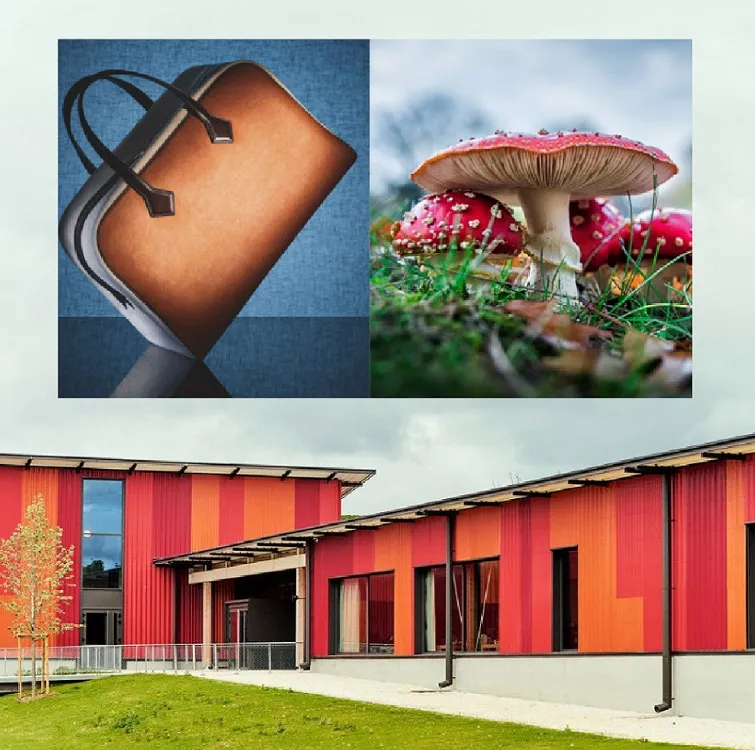
Desserto, a Mexican biomaterials company, devel—oped a new material with cacti to replace leather and named it Desserto®. It takes approximately 3 leaves of cactus to create one linear meter of Desserto. They only cut the mature leaves of the plant without dam—aging the plant itself, enabling repeat harvest every 6—8 months from the same plants. Desserto®offers high resistance to abrasion, rubbing, tearing, tensile and a great durability.
Copenhagen—based Beyond Leather has combined leftovers from apple juice and cider production with natural rubber to create a plant—based leather alternative called Leap. Beyond Leather's apple—based version emits 85 percent less CO2in its production than traditional leather, according to the company's estimates, as well as requiring one percent of the amount of water. At the mo—ment, Leap uses a twill backing woven from certified or—ganic cotton and Tencel, a kind of fibre made from wood pulp. And, like many plant—based leather alternatives such as Piñatex, Leap's durability is currently ensured with the help of a protective plastic coating, which is em—bossed for texture and also contains the pigments that give the leather alternative its colour. The coating was made half from traditional petroleum—based polyure—thane and polyether, and half bioplastic. Beyond Leather hopes to make the material completely bio—based and biodegradable by 2024.
Whether it's palm leather from Dutch designer Tjeerd Veenhoven, Pinatex plant—based leather from British materials company Ananas Anam (one ingredi—ent is pineapple leaf fiber), or the alternative Tomtex leather (made of waste coffee grounds and biopolymer chitin) from Vietnamese designer Uyen Tran. This kind of leather is made of natural bio—based materials and has little or no impact on the environment and human health. While addressing the need for low—carbon envi—ronmental protection, it also meets the diversified con—sumer needs of the market. It has become a new choice in the current era of carbon neutrality.
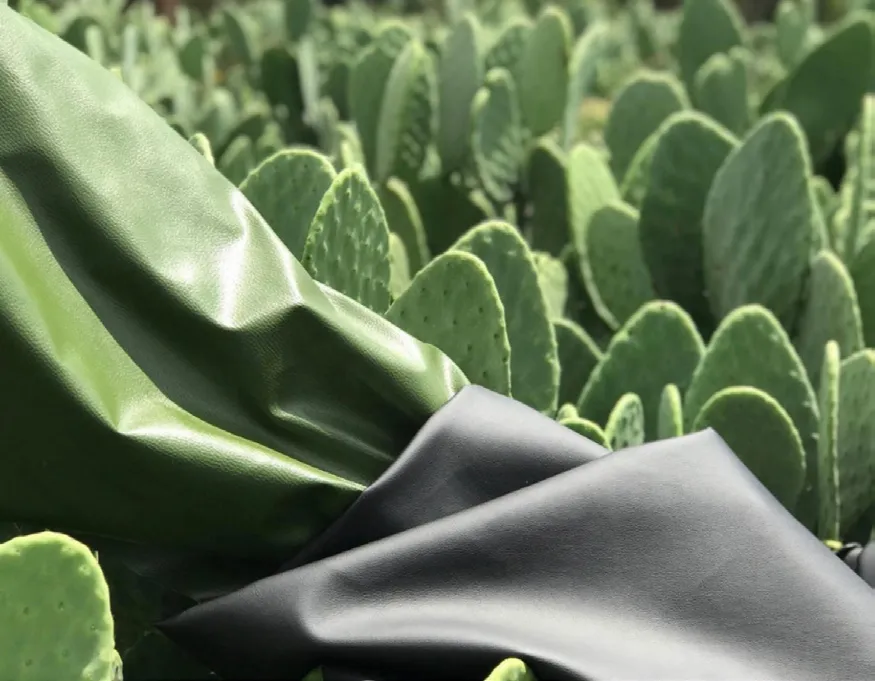
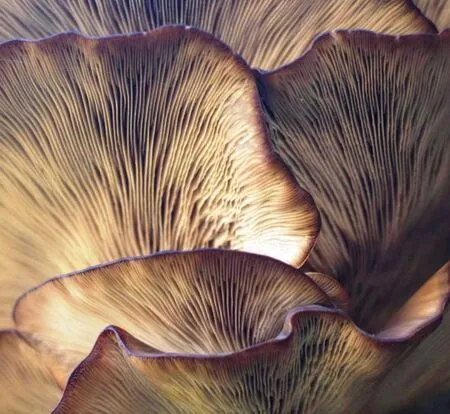
杂志排行
China Textile的其它文章
- Is it possible to get fruits and dresses from a plant?
- The revolution of tape: stick it anywhere you want!
- Grains add new colors to plant dyeing
- Brief analysis on the application of nanocellulose in textile field
- What fabrics are popular with students in China?
- Survey: Results of the 18th ITMF Global Textile Industry
